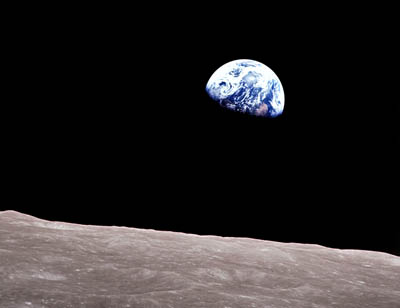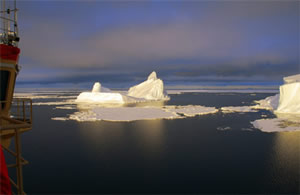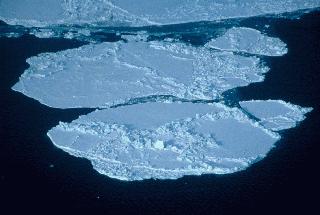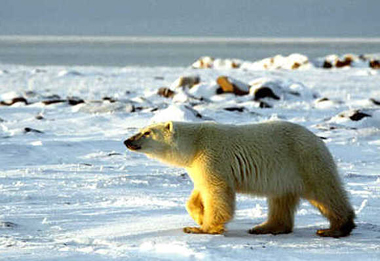
Courtesy of NASA
Related links:
The Earth System Is Changing
Earth is a dynamic place. Matter cycles around the Earth system in various ways. Rocks form, erode, melt, and form again through the rock cycle. Water flows through the water cycle. Elements move through living and nonliving parts of the Earth system via biogeochemical cycles like the carbon cycle and nitrogen cycle. And motions of the ocean and the atmosphere have an impact on the Earth system too.
But recently scientists have been noticing other changes in the Earth system that are due to global warming, changes in the way land is used, and pollution. These changes are altering the regular patterns of the system.
Researchers are currently trying to figure out specifically how parts of the Earth system will be affected by warming. According to recent research, as temperature continues to warm the cryosphere will continue to lose ice, the atmosphere and its weather patterns will change, and the biosphere will loose some plants and animal species while others migrate into new areas.
Scientists are also studying how the parts of the Earth system affect each other and how they impact climate. The Earth reacts when aspects of the system are changed. Some reactions minimize the impact of the change while other reactions exaggerate the impact of the change. These reactions are called feedbacks.
- Reactions of the Earth system that minimize the impacts of a change are called negative feedbacks. For example, as warming causes more evaporation, this creates more clouds in the atmosphere, potentially blocking more solar energy from entering the Earth system and reducing the amount of warming.
- Reactions that exaggerate the impacts are called positive feedbacks. For example, as global warming melts sea ice in the Arctic, less solar energy is reflected back out to space by the light colored ice and so more is absorbed, causing more warming.
Understanding the negative and positive feedbacks on the Earth’s climate system is an area of active research in climate science. Bringing new information about feedbacks into climate models will allow scientists to even better predict how climate will continue to change in the future.














